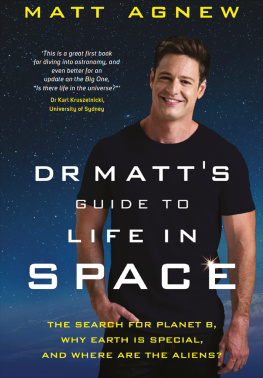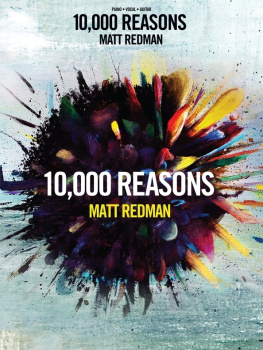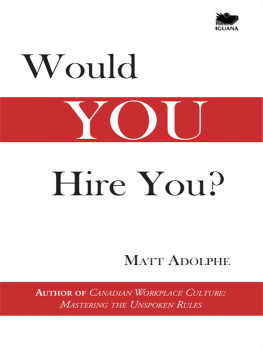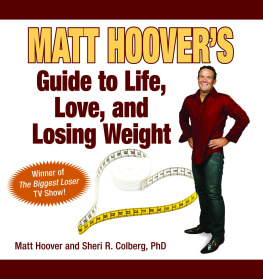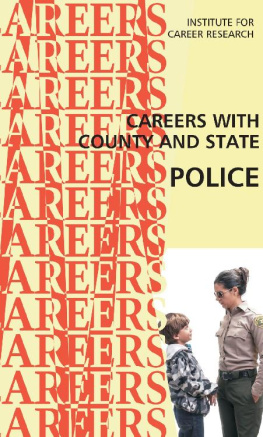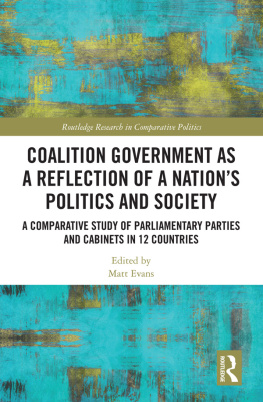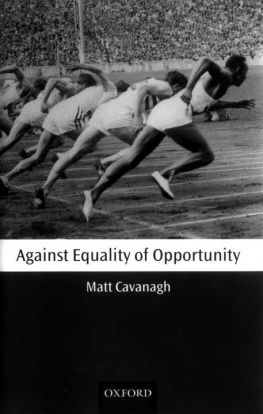Copyright 2005 by Sage Publications, Inc.
All rights reserved. No part of this book may be reproduced or utilized in any form or by any means, electronic or mechanical, including photocopying, recording, or by any information storage and retrieval system, without permission in writing from the publisher.
For information:
| Sage Publications, Inc.
2455 Teller Road
Thousand Oaks, California 91320
E-mail: |
Sage Publications Ltd.
1 Olivers Yard
55 City Road
London EC1Y 1SP
United Kingdom |
Sage Publications India Pvt. Ltd.
B-42 Panchsheel Enclave
Post Box 4109
New Delhi 110 017 India |
Printed in the United States of America
Library of Congress Cataloging-in-Publication Data
DeLisi, Matt.
Career criminals in society / Matt DeLisi.
p. cm.
Includes bibliographical references and index.
ISBN 1-4129-0553-2 (cloth: acid-free paper) ISBN 1-4129-0554-0
(pbk. : acid-free paper) 1. Recidivists. 2. Criminals. 3. Criminal behavior, Prediction of. I. Title.
HV6049.D45 2005
364.3dc22 2004019351
This book is printed on acid-free paper.
05 06 07 10 9 8 7 6 5 4 3 2 1
Acquiring Editor: | Jerry Westby |
Editorial Assistant: | Vonessa Vondera |
Production Editor: | Diana E. Axelsen |
Typesetter: | C&M Digitals (P) Ltd. |
Cover Designer: | Edgar Abarca |
Preface
T he actual writing of this manuscript was a relatively quick process, taking only about 3 months. However, Career Criminals in Society is, in many respects, the culmination of 10 years of my student, work, and academic life, and many people deserve thanks.
The best colleagues whom I have ever had the privilege to work with were my friends in the bond commissioner office in the 20th Judicial District in Boulder County, Colorado. With humor, intelligence, and good common sense, they encouraged my interest in, knowledge of, and acquaintanceship with high-rate criminal offenders. I would like to acknowledge Melissa Andrews, Laura Guzman, Cinnamon Jones, Kurt Miller, Dale Wetzbarger, Celia Wilson, and Gary York.
Three mentors guided me from a curious undergraduate to this point. The late Professor Arnold Goldstein taught me about juvenile delinquency and criminology when I was an undergraduate at Syracuse University. His courses remain the model for my own, and Dr. Goldstein showed me the importance of being fluent in the real and academic worlds of criminal justice. He was a wonderful man. Also at Syracuse, Professor William Coplin illustrated the link between policy and theory, provided my first criminological research opportunity, and believed that my chutzpah would someday lead somewhere good. Finally, Professor Robert Regoli was my dissertation chair, sometime coauthor, and advisor during my graduate study at the University of Colorado. From day 1, Bob treated me as his peer and offered good counsel on many topics.
Many others have benefited me with their scholarship, social commentary, or friendship. These include Gregg Barak, Mark Berg, Donna Bishop, Chet Britt, Pete Conis, John DiIulio, Bill Doerner, Dinesh DSouza, Larry Elder, Del Elliott, David Farrington, Jewel Gatling, Michael Gottfredson, Robert Hare, Richard Herrnstein, Gertrude Himmelfarb, Michael Hindelang, Travis Hirschi, Andy Hochstetler, Pete Iadicola, Patrick Krueger, John Laub, Seymour Lipset, Rolf Loeber, Joan McCord, John McWhorter, Walter Miller, Terrie Moffitt, Ted Nugent, David Olds, Bill OReilly, Joan Petersilia, Alex Piquero, Travis Pratt, Lee Robins, Angie Schadt, John Serdinak, Thomas Sowell, T. J. Taylor, Jackson Toby, Jay Thompson, Glenn Walters, James Q. Wilson, and Tom Winfree.
Thanks also to those who reviewed the manuscript: Ted Curry, University of Texas at El Paso; Elaine Gunnison, University of Nevada Las Vegas; Denise Huggins, University of Arkansas; Karen Dudash, Cameron University; William Doerner, Florida State University; and Craig T. Robertson, University of North Alabama. Jerry Westby at Sage Publications provided excellent guidance, faith, and a steadying presence while becoming both editor and friend.
Finally, I thank my family, especially my beautiful wife, Melissa, and our wonderful sons, Jamison and Landon. This is for you!
1
Introduction: Two Glimpses at the Career Criminal
Eugene Smith was well known among teachers and students for his consistently out of control behavior. Several teachers had already interrupted their class to take Eugene to the principals office. Unfortunately, none of the punishments that school staff had assignedsuch as staying after school, missing recess, going into the hall, standing in the corner, or calling homeseemed to make much difference to this fifth grader. Indeed, Eugenes parents seemed resigned to the belief that Eugene was simply being a boy and needed more self-control. A consensus among teachers was that Eugenes parents were partly to blame for his behavioral problems. When they did attend parent-teacher conferences, they were often indignant with teachers, suggesting that the majority of Eugenes troubles were the result of biased teachers who had it in for Eugene. Eugenes older and younger brothers and sisters possessed the youthful orneriness common among children, especially schoolboys, but presented none of the problems of their increasingly infamous brother. Something was different about Eugene.
Whenever and wherever there was misbehavior, chances were good that Eugene was involved. Taunting and bullying other students, inappropriately touching female students, openly defying teachers and staff with profane language, smoking cigarettes, stealing other students book bags, destroying school property, and the like were behaviors that Eugene had been committing since he was in kindergarten. Academically and behaviorally, Eugene was always the worst student in class, and he occupied the lowest math and reading groups. Clearly Eugene would not be considered cognitively gifted; however, the bulk of his academic problems seemed to be based on his basic refusal to perform schoolwork or participate in class. He could not stay on task, became frustrated when he had to sit at his desk, had difficulty paying attention, and liked to throw things at other students to disrupt them. Eugene simply hated school.
Always and everywhere, a dark cloud seemed to hover over Eugene Smiths head. It appeared that he did not have the most patient parents, and Eugenes behavior only served to exacerbate their frustration in dealing with him. Eugenes antipathy for school and lack of cognitive skills rendered each day a battle. Teachers and other students alternately empathized with Eugenes situation and expressed contempt for his constant interruptions and lack of consideration for others. The only thing that suited Eugene was misbehavior. Soon, it was the only thing he was known for.





